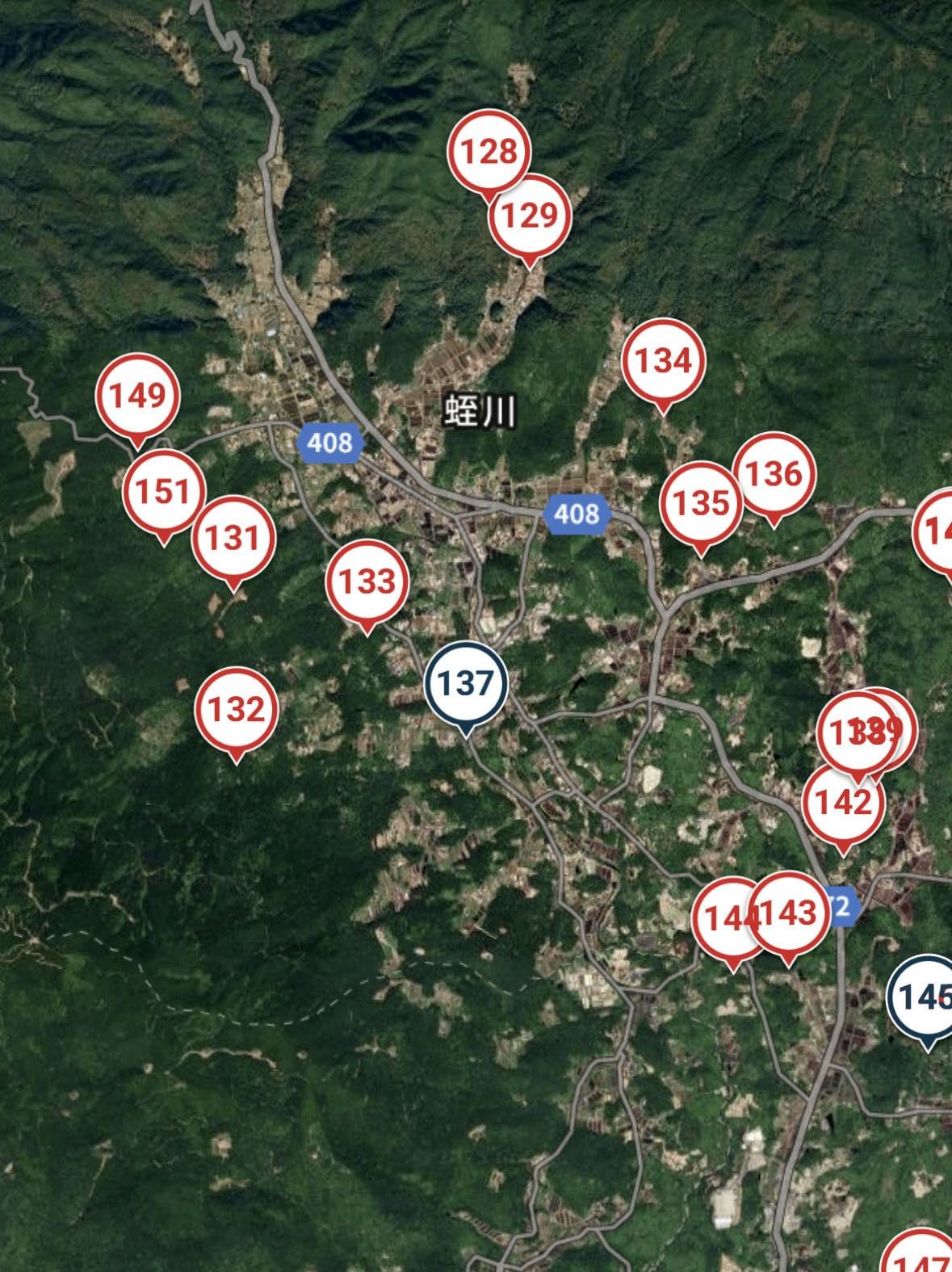“`html
body { font-family: Arial, sans-serif; line-height: 1.6; }
img { max-width: 100%; height: auto; }
table { width: 100%; border-collapse: collapse; margin: 20px 0; }
th, td { border: 1px solid #ddd; padding: 8px; text-align: left; }
th { background-color: #f2f2f2; }
Japan Firms Turn to Satellites, AI to Find Abandoned Houses for Sale
In the quiet, picturesque village of Nagoro, nestled in Japan’s Shikoku region, there are more scarecrows than people. Like many rural enclaves across Japan, Nagoro suffers from depopulation, leaving numerous homes abandoned. While these empty dwellings pose challenges, they also represent opportunities for revitalization. A new generation of tech-savvy firms is stepping in, utilizing satellite imagery and artificial intelligence to identify these forgotten properties, and offering them for sale to adventurous buyers.
The Technological Turnaround
In recent years, dozens of Japanese companies have been exploring innovative approaches to solve the issue of vacant homes, known locally as “akiya.” The combination of satellite technology and AI analytics is at the forefront of this effort. These technologies offer a bird’s-eye view and detailed insight into the conditions and locations of abandoned properties, enabling firms to systematically identify, assess, and market these homes.
| Year | Number of Abandoned Homes (Million) | Population Decline (%) |
|---|---|---|
| 2020 | 8.5 | 0.6 |
| 2025 | 9.8 | 1.2 |
According to Nikkei Asia, the number of abandoned homes in Japan is projected to reach 10 million by 2030. Meanwhile, the nation’s population continues to shrink, decreasing by an estimated 1.2% annually. This trend presents both a crisis and an opportunity for tech firms eager to leverage digital tools for transformational solutions.
The Role of AI and Satellite Technology
Satellite images are being coupled with machine learning algorithms to analyze structural integrity, geographical data, and even potential market value of these properties. AI algorithms can quickly learn to spot signs of disuse, such as overgrown vegetation or lack of maintenance, that might be invisible to the naked eye.
As reported by TechCrunch, this process not only accelerates the identification of akiya but also empowers real estate agencies to make informed decisions about which properties to renovate and market. Property tech companies are thus enabling a new wave of rural revitalization that could redefine the future of living spaces in Japan’s countryside.
Industry Perspectives
Industry leaders are optimistic about the potential these technologies hold. According to an interview with The Verge, Toshio Nawa, CEO of a leading property tech firm in Japan, stated, “Our goal is to breathe life back into these deserted areas by making the process of finding and purchasing akiya as seamless as possible.” Nawa predicts that the intersection of technology and real estate could significantly reduce Japan’s rural depopulation crisis.
Yet, challenges remain. Some critics argue that technology alone can’t solve the deeper social issues tied to depopulation, such as the lack of economic opportunities in rural Japan. “Without job creation and infrastructure development, merely selling these houses may not attract enough new residents,” points out Akiko Yamada, an urban planning expert from Tokyo University.
Conclusion
The utilization of satellite and AI technologies by Japanese firms represents a pioneering approach to a persistent problem. By transforming deserted properties into viable living spaces, technology offers a beacon of hope for rural rejuvenation. For tech enthusiasts and industry players, this development underscores the potential for innovation to address societal challenges.
For more about how technology is redefining traditional sectors, readers can explore major tech sources such as Wired and Gizmodo.
Related Reading
- Fractal Wins Microsoft Partner of The Year 2025
- Mark Zuckerberg-Led Meta To Reportedly Grade Employees On ‘AI-Driven Impact’ As Big Tech Declares Human-AI Hybrid Work ‘No Longer Optional’
- AI tool aids disease surveillance, issued 5,000 outbreak alerts: Study
“`




